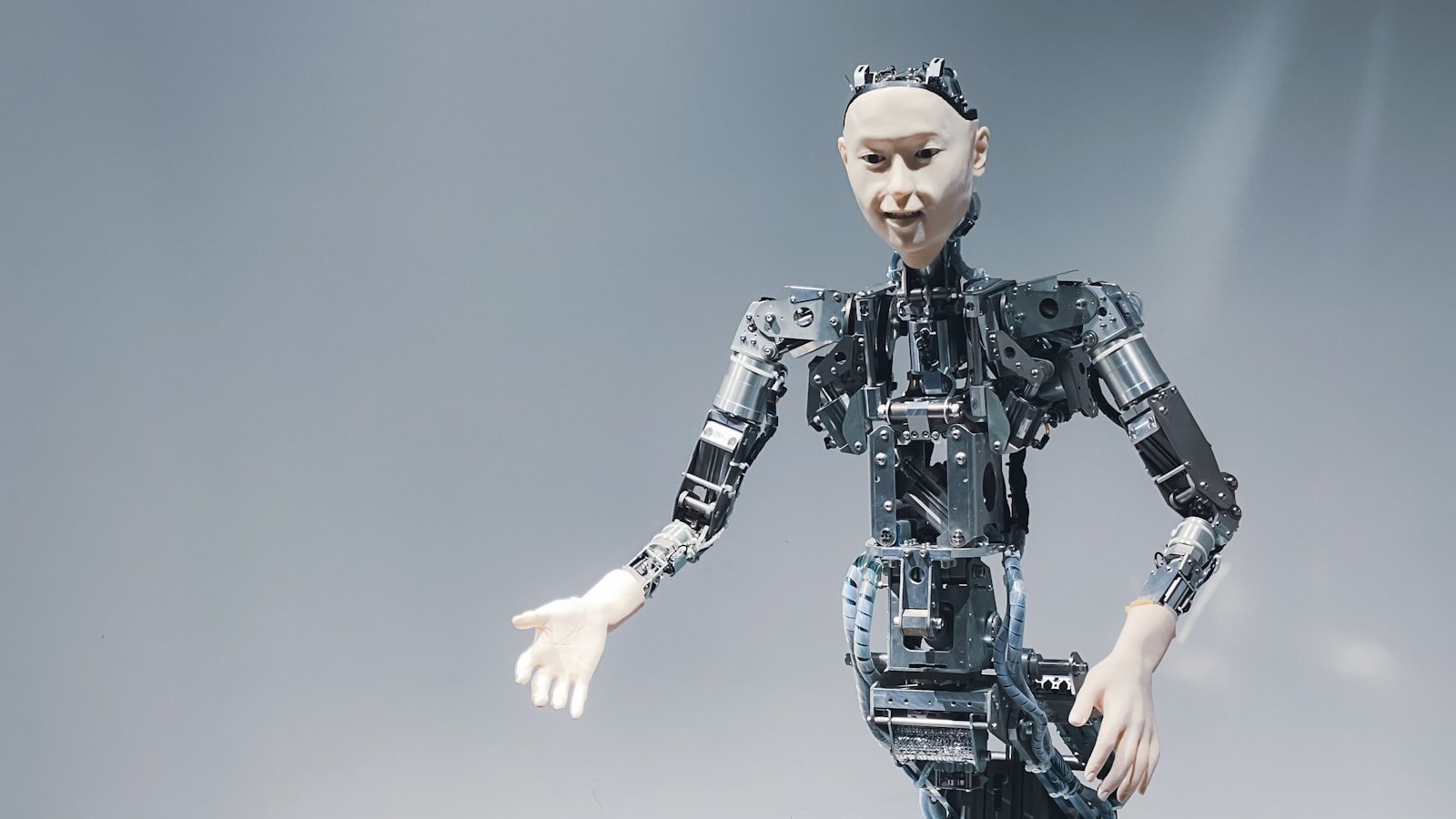Key Takeaways:
- Tesco and Walmart now use AI body cameras to fight rising theft and violence.
- These devices flag risky behavior and generate automated incident reports.
- They help deter crime, but stir worries over privacy and bias.
- Experts call for clear rules to balance safety and personal rights.
AI Body Cameras Are Changing Store Security
Stores face more theft and violence these days. Big retailers like Tesco and Walmart now equip staff with AI body cameras. These devices use smart software to spot trouble before it explodes. As a result, shops feel safer and thieves think twice. However, this tech also raises big questions about privacy, bias, and ethics. Let’s explore how AI body cameras work, why stores love them, and why we must handle them with care.
How AI Body Cameras Flag Threats in Real Time
AI body cameras combine video, audio, and smart algorithms. As a team member walks the aisles, the camera scans for risky signs. For instance, if someone makes a sudden move or hides an item, the device alerts a manager. Moreover, it can spot violence before it gets out of hand. This quick flagging lets staff step in safely and fast. In addition, the system learns from past footage, so it grows smarter over time.
These cameras also link to central systems. Therefore, loss prevention teams watch live feeds or get instant notifications. They can decide to send security or call the police. Meanwhile, the camera records every step automatically. This new level of speed and accuracy proves more effective than old paper logs.
Automated Reports Save Time and Reduce Errors
Traditionally, store staff logged thefts and incidents by hand. They filled out long forms after each event, often missing key details. Now, AI body cameras generate reports on their own. The device transcribes conversations, timestamps actions, and even highlights faces. As a result, teams spend less time on paperwork. They focus instead on crime prevention or customer service.
Furthermore, automated reports cut down mistakes. Human writers sometimes forget facts or mix up times. But AI body cameras track every second without fatigue. They upload data to secure cloud servers right away. Then, loss prevention analysts review the footage, add notes, and share it with law enforcement. This seamless workflow speeds up investigations and boosts conviction chances.
Privacy and Bias Concerns Surrounding This Tech
Despite clear benefits, AI body cameras spark serious worries. First, they record customers and employees alike. People fear constant surveillance will erode trust and freedom. They might hide in stalls or avoid certain aisles. Retailers must set strict rules on when cameras record and who sees the footage. They also need clear data retention policies.
Second, bias in AI algorithms can lead to unfair treatment. If the software was trained on skewed data, it might flag certain groups more often. For instance, people of color could face more false alerts. This imbalance could spur lawsuits or harm a store’s reputation. Therefore, companies should audit their AI models regularly and use diverse training data.
Ethical Questions for the Future of Surveillance
As AI body cameras evolve, new ethical issues emerge. Should staff record every customer by default? Or only in certain zones? Stores must balance crime prevention with customer rights. They might use visible signs to let people know when recording is active. Transparent policies build trust and ease concerns.
Moreover, advanced cameras might soon predict crimes before they happen. This “pre-crime” idea feels like science fiction, yet it is under study. If AI warns that someone might shoplift soon, how should staff react? Profiling based on predictions risks punishing innocence. Hence, lawmakers and ethicists must draft guidelines on preemptive actions.
In the end, AI body cameras will only grow more powerful. The line between safety and overreach could blur. That is why public debate, clear laws, and ethical guardrails are vital. Through open conversation, we can use this tech for good while avoiding its pitfalls.
Conclusion
AI body cameras offer a new level of protection for stores. They spot threats in real time, automate reports, and free staff to focus on customers. However, they also bring privacy risks, bias challenges, and serious ethical questions. To make the most of this innovation, retailers need solid rules and transparent policies. In this way, AI body cameras can deliver safety without sacrificing trust.
FAQs
How do AI body cameras detect risky behavior?
They use smart algorithms to scan video and audio for sudden movements, hidden items, or signs of violence. The system then sends real-time alerts to managers or security teams.
Will these cameras record every moment in the store?
Retails can set recording zones and times. They might record only when staff is on duty or in high-risk areas. Clear signs help customers know when cameras are active.
Can AI body cameras make wrong judgments?
Yes. If the algorithms learned from biased data, they can flag innocent behavior as risky. Regular audits and diverse training data help reduce these errors.
What rules should govern the use of these cameras?
Stores need policies on when to record, who can access footage, and how long to keep data. They should also share these rules with employees and customers to build trust.

